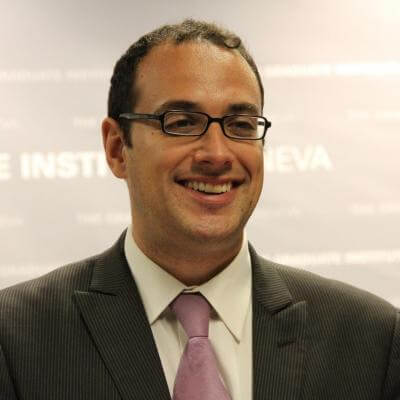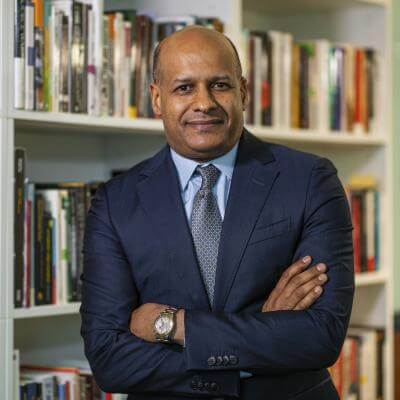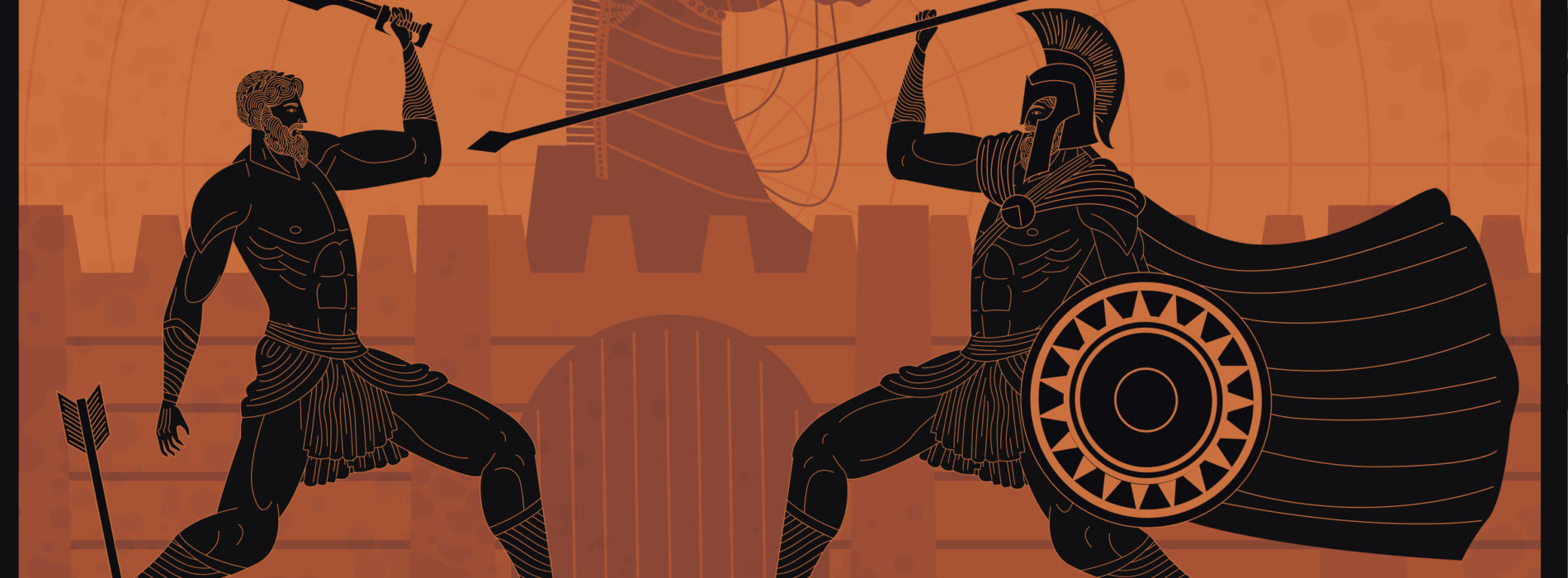What Is Really New about the New Wars?
In his history of newness (Novelty, 2013), Michael North remarks that actual innovation only exists at the very crest of a wave. That is so, argues the UCLA professor, since innovation is dependent on its relative unfamiliarity to a new audience. By that reckoning, the “new wars” are no longer new. Close to thirty years later, that which could be seen to constitute a new generation of armed conflict in the early 1990s is today arguably passé. To understand the nature of the alleged modulation in warfare is therefore to focus not merely on the idea of newness but rather on the characteristics of a historical moment, which marked a caesura from an older to a newer form of war.
The idea that war has changed has been opposed by several thinkers, such as Mats Berdal and J. David Singer. It was maintained, notably, that the evolving features of armed conflict do not amount to novelty per se, and that whatever complex emergencies, multi-variant warfare, small wars, low-intensity wars or wars of the third kind had materialised, these did not amount to fundamental change. To be certain, the age-old nature of war has not been the object of variation; it remains, as Carl von Clausewitz famously captured it in his 1832 work On War, a political act carried through the use of force to compel an enemy. Continuity in essence does not, however, preclude alteration in form.
To North’s point, unfamiliarity was palpably present in the early 1990s as the world haphazardly segued into the post–Cold War era and as the architecture of international affairs moved away from bipolarity.Albeit in slow motion rather than spectacularly and in uniformity, new distinct trends in the organisation and manifestation of war did cement since, and we should not therefore dogmatically shy away from embracing the novelty they have given shape to. The novelty rests not in opposition to older forms of conflict, which would have disappeared, but in the addition of previously absent layers and perspectives. These are visible in at least three key respects.
New layers and perspectives oN older forms of conflict
Firstly, there has been important discontinuity in war introduced by unprecedented technological innovation, namely the magnitude of the information revolution and specifically the densification and intensification of interconnectedness. The coincidence of globalisation with a reordering of international affairs along those lines opened vast new possibilities of a faster and wider type of armed “compelling force”, a type of violence ever projected under less and less predictable forms. This stood in stark contrast to here-and-now, classical army-on-army clashes.The “new wars” are no longer new
Secondly, there has been a steady movement away from the state’s centrality in war. Armed conflicts have long featured a multitude of other actors, but in the modern era they had been overwhelmingly dominated – following Max Weber’s 1918 classical definition – by single state entities enjoying the monopoly of legitimate violence and their soldiers endowed with a licence to kill. The past thirty years have witnessed an ever-expanding cast of transnational armed groups populating, in variegated ways and round the world, a new grammar of autonomisation and privatisation of war. This, too, was a departure from the previous generation of conflict dominated by the dual trope of statehood and monopoly. The reality is that state actors have taken a back seat to the development of war. Their response in upgrading their technology towards asymmetric threats (e.g., drone warfare, cyberwarfare) is indeed evidence of the fact that it was the non-state actors who took them down the road from battlefield to battlespace.
Finally, above and beyond behavioural aspects, the new wars are in and of themselves evidence that our academic gaze on war had long been scientifically incomplete and culturally skewed. To think of war in the same continuous mode is, in effect, to insist on the dominance of a single, classical, major powers-driven, state-centric tradition immune to the influence of others – a perspective on global affairs akin to Eurocentrism. “Decolonising war”, to use Tarak Barkawi’s phrase, spells intellectual recognition that the earlier conceptualisation of war was in effect excluding actors and modes of force projection organised differently than the post-Napoleonic European concert of nations.
To historicise war is to document today the emergence, persistence and fleshing out of fluidity, open-endedness, de-statisation, privatisation, fragmentation and hybridity playing out from Bosnia to Yemen by way of Mali and Ukraine. If sabotage has always existed, malware and hacking are new kinds of weapons. If mercenaries have always been there, Blackwater stepped up the game patrolling New Orleans and Baghdad and contemplating full-fledged privatisation of the Afghanistan war. In the next phase, we need to pay further attention to how war is now choreographed and staged ever confusingly (social media themselves have become a tool in modern warfare) and how moments of war, rather than a linear temporal sequence, are more often the norm.
Map based on the data produced by the Small Arm Survey, and enriched by the Graduate Institute’s Research Office in Geneva, in collaboration with whybe.ch.
Migration, Violence and War, with Charles Heller
Graduate Institute – Research Office
State-Based Conflict since 1946
© ourworldindata.org / CC – Creative Commons
Source: Uppsala Conflict Data Program (UCDP)
Variable description: Ongoing conflicts are represented in each year in which more than 25 deaths occurred.
Violence, Killer Robots and Regulation, with Paola Gaeta
Graduate Institute – Research Office
Terminology Related to Violence and Conflict
The intentional use of physical force or power, threatened or actual, against oneself, another person, or against a group or community, that either results in or has a high likelihood of resulting in injury, death, psychological harm, maldevelopment, or deprivation.
The World Health Organization (WHO)
Derived from the Latin word conflictus, which means collision or clash. This term is understood as a disagreement between two or more parties through which the parties involved perceive a threat to their needs, interests or concerns. Source
A dispute involving the use of armed force between two or more parties, often referred to as war. Source
Militarised armed conflict between two or more states. Source
A conflict between a government and one or several non-governmental parties, often with interference or support from foreign actors.
The intentional use of illegitimate force (actual or threatened) with arms or explosives, against a person, group, community, or state that undermines people-centred security and/or sustainable development. Source
Violence that is directed against a person on the basis of gender or sex. It includes acts that inflict physical, mental, or sexual harm or suffering, threats of such acts, coercion, or other deprivations of liberty. While women, men, boys and girls can be victims of gender-based violence, because of their subordinate status, women and girls are the primary victims. Source
IHL distinguishes between Non-international armed conflict defined as “A conflict in which government forces are fighting with armed insurgents, or armed groups are fighting amongst themselves” and International armed conflict defined as “A war involving two or more States, regardless of whether a declaration of war has been made or whether the parties recognize that there is a state of war. Source
A criminal act or acts intended to inflict dramatic and deadly injury on civilians and to create an atmosphere of fear, generally in furtherance of a political or ideological (whether secular or religious) purpose. Terrorism is most often carried out by sub-national or transnational groups, but it has also been known to be practiced by rulers as an instrument of control. Source
Research Office






